Step-by-step guide to controlling weeds in grass
Controlling weeds such as docks, nettles and thistles in a grazing sward with 10% infestation levels could improve yield from 10t DM/ha to 11t DM/ha.
However, if you are going to succeed in achieving this level of control and subsequently improve milk or meat production efficiency from grass – your cheapest feed on farm – then you will need to introduce the following five-point plan, writes independent grassland consultant Dr George Fisher.
1. Make an assessment and decide if you need to treat
Start assessing the state of your swards at the first signs of grass growth. If the dock, thistle or nettle burden looks like it covers 10% or more of the ground, then you need to take action.
See also: Top control methods for maize pests, diseases and weeds
To be more accurate, a 10% infestation amounts to one of these weed plants in every 2sq/m.
For every 1% infestation, grass DM production will be reduced by 1%. So, a 20% weed cover will reduce grass growth by 20%.
The point at which herbicide use becomes economically useful is a weed infestation of 10%.
If the infestation is less than 10%, then it might be worth considering spot spraying by hand to make sure that the problem doesn’t grow.
2. When to treat for best results
The best timing for dock, thistle and nettle control is linked to the weed’s growth stage.
This is because the active ingredients in the spray need to get from the weed leaves to all parts of the plant, especially the roots, to kill it.
Getting the timing right
Too early: at the very start of spring, nutrients are being moved from the weed tap root reserves to grow new shoots and leaves. This is too early for treatment because the herbicide will not be moved down to the roots.
Too late: as the weed plants start to go into stem extension to produce seed heads, the nutrient flow reverses again from roots to the stems. If you spray at this time the active herbicide ingredients won’t get to the roots. This is why a “knee jerk” reaction to spraying mature weeds is ineffective.
Just right: when the weed leaves are actively growing, the movement of nutrients in the weed is from the leaves as they photosynthesise, down to the roots. Consequently, the herbicide will get into the leaves and be moved to the roots to kill the weed plant.
- For docks at this correct stage, the plants will be 15cm to 20cm in height and diameter
- For nettles, the plants will be about 30cm in diameter and height
- The window is a bit longer for thistles, which can be sprayed up to when flower stem extension starts, but not beyond this stage
- See picture panel below for a visual guide
If you miss the “just right” opportunity, don’t worry, you can treat weeds again in silage aftercuts and grazing regrowths. Apply herbicide around two to three weeks after first cut to catch the weeds with fresh green leaves.
Missing the spring window will mean that first cut yields and quality will be reduced by the weeds present, but aftercut treatment at the right timing will improve the performance of subsequent cuts.
For grazing fields, swards can be grazed tightly, topped in June and then sprayed. Topping will give you uniform emergence of weeds, so you will get more effective control.
3. Select the right product
Which weeds need controlling and what you actually expect from your swards will dictate which product to choose.
- If you only have a dock problem, select a narrow-spectrum herbicide
- If you have a mix of docks, thistles and nettles then choose a wide-spectrum product
- If you expect clover to perform in your grass, then make sure that you use a clover-safe product – they are available. Clover-safe herbicides in grassland have gained a poor reputation for not actually being clover safe, when in fact those now on the market, if used at the right time and in the right way, will enable you to control weeds and maintain clover.
4. Apply the chosen product correctly
Always apply herbicides according to the label instructions and make sure that you or your contractor follow best practice for spraying operations. If it has a withdrawal period, then adhere to it.
Weeds such as ragwort are poisonous to livestock, so keep animals out of treated areas for at least seven days and until the leaves of any poisonous weed have died and are unpalatable. For the same reason, don’t cut for hay or silage for at least 21 days following treatment.
If you are going to spot spray by hand, then make sure the product is approved for this use. To safely and legally use this authorisation, the user must be PA1 (Safe use of Pesticides Module) and PA6 (Hand-held or Knapsack Sprayer Module) qualified.
5. Review the results – what to look for, when and what to do if the application has not worked
Monitor weed control levels four weeks after application. Take before and after pictures to help make the assessment. And lastly, review what you have done. Did it work OK?
If the treatment didn’t work, then try to work out why. It’s usually because the application timing wasn’t quite right, so try again and be meticulous about when you spray.
The best time to treat docks
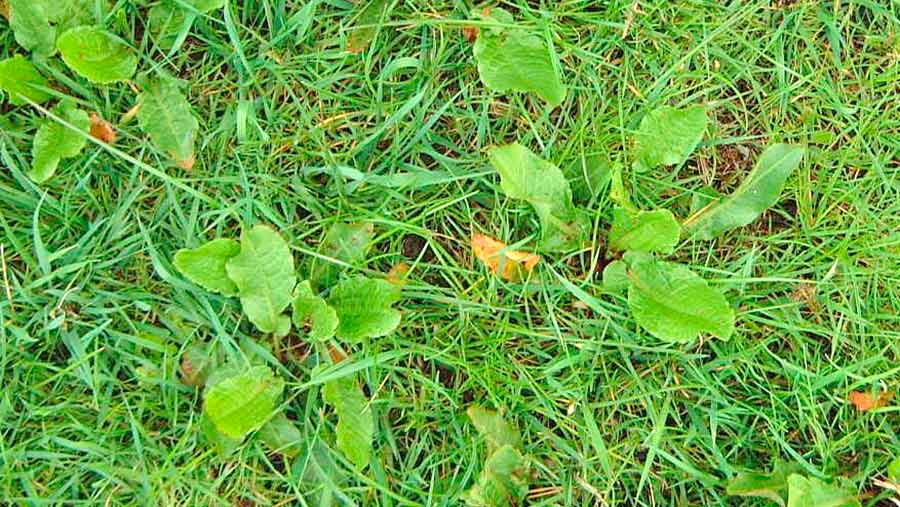
Docks – too early
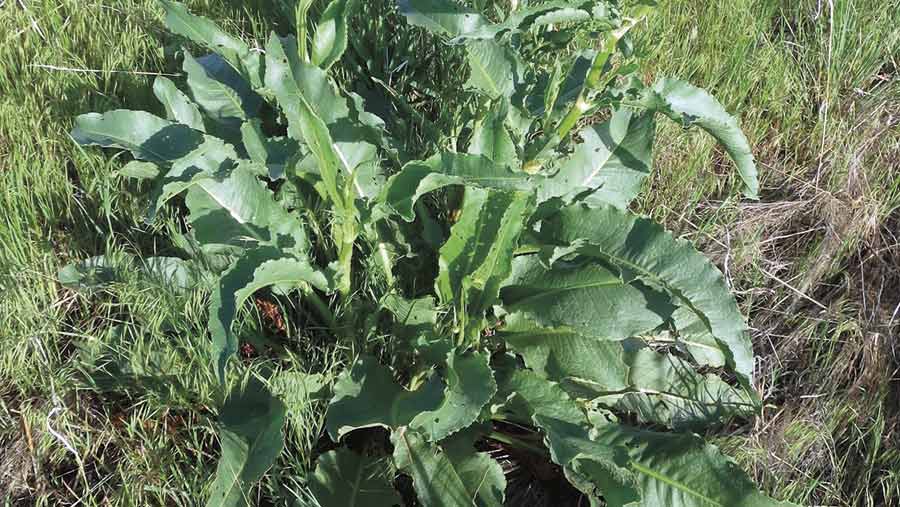
Docks – too late © KH Keeler
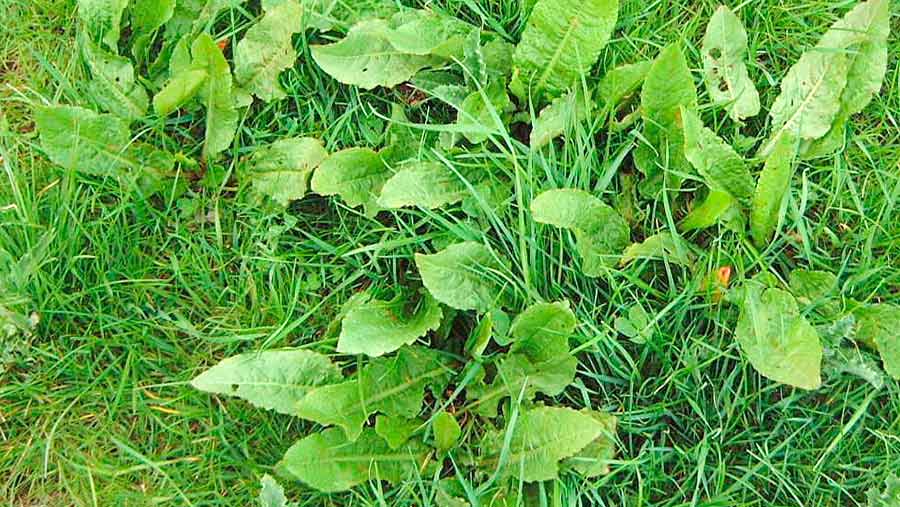
Docks – just right
The best time to treat nettles
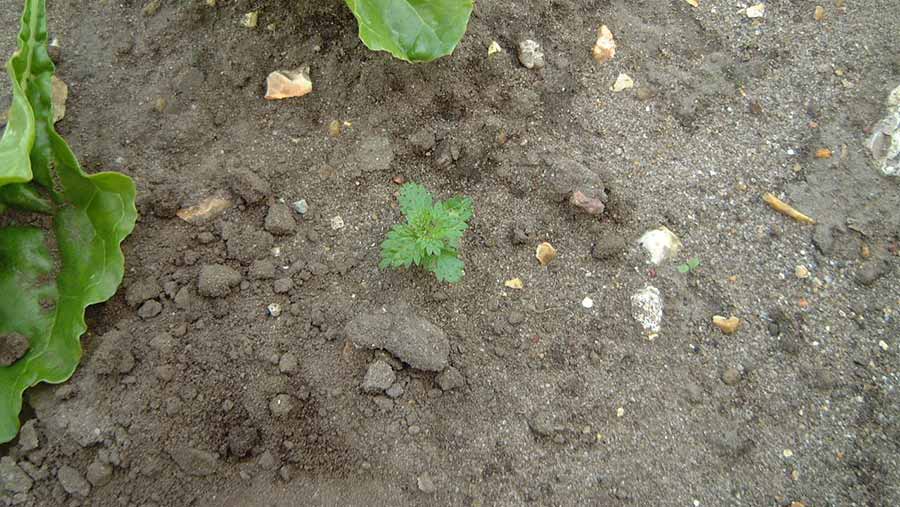
Nettles – too early
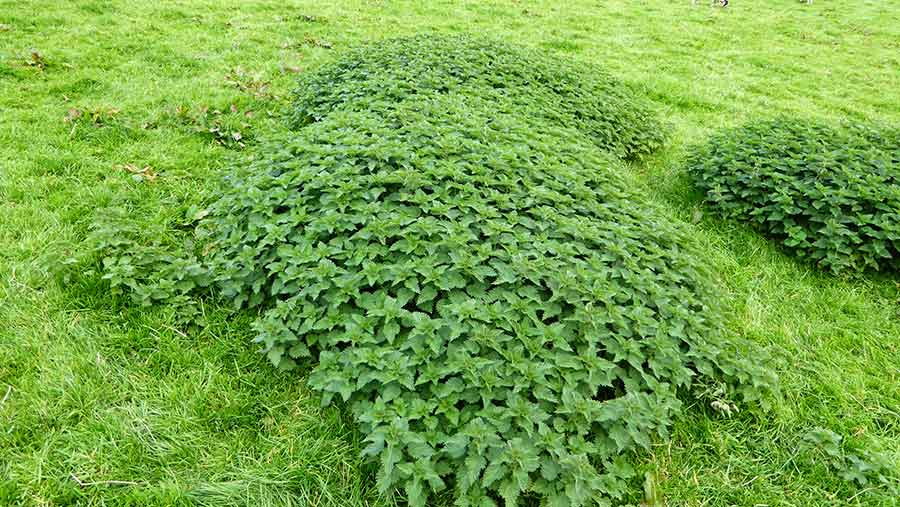
Nettles – too late
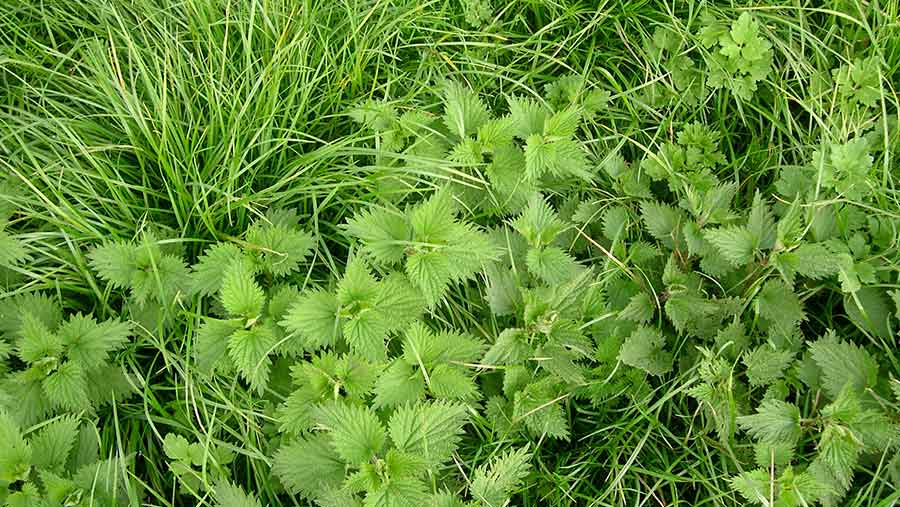
Nettles – just right
The best time to treat thistles
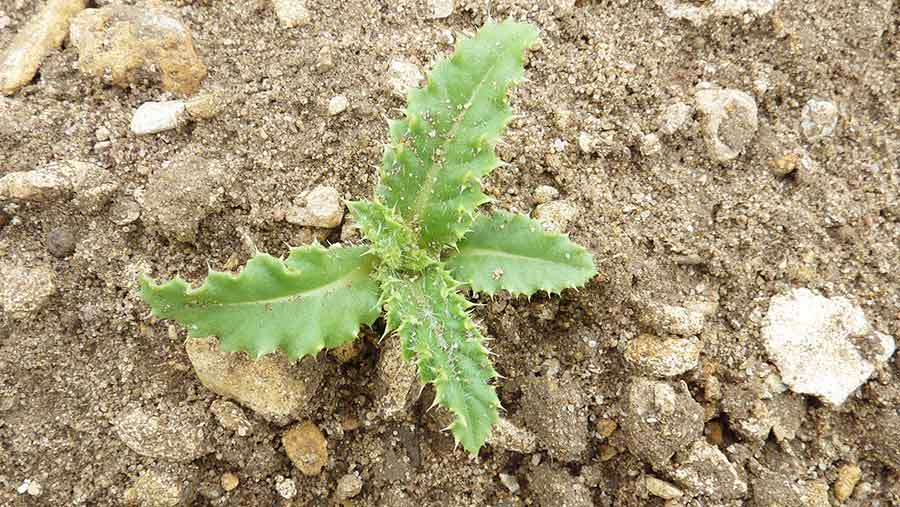
Thistle – too early
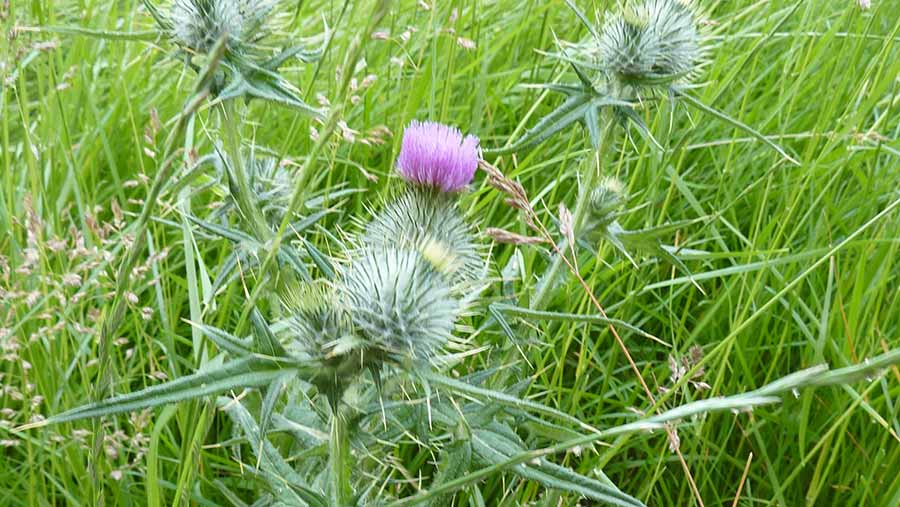
Thistle – too late
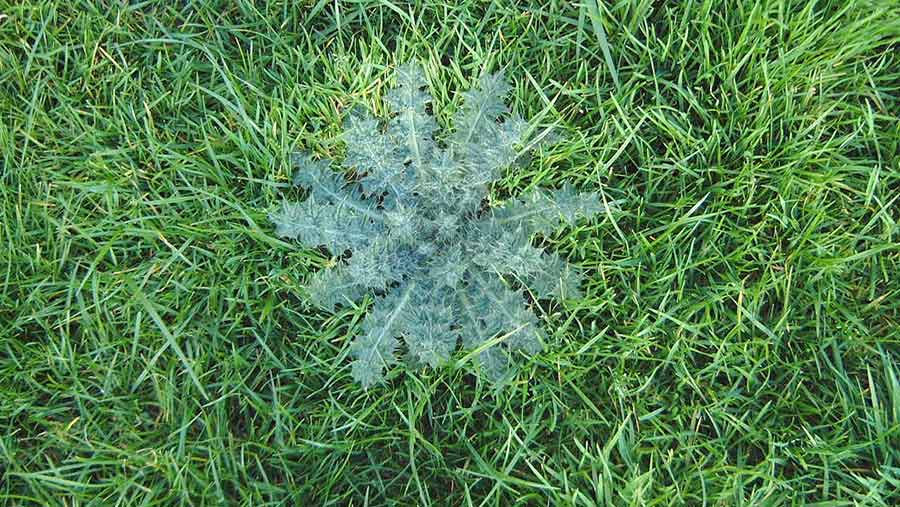
Thistle – just right
